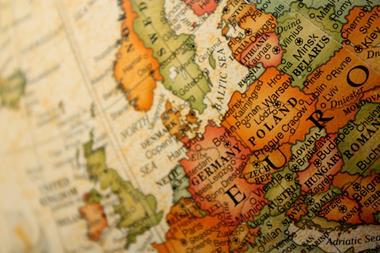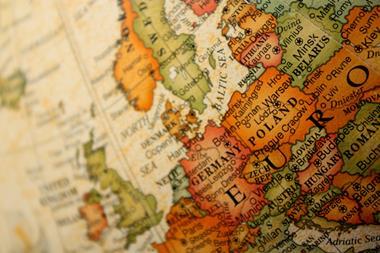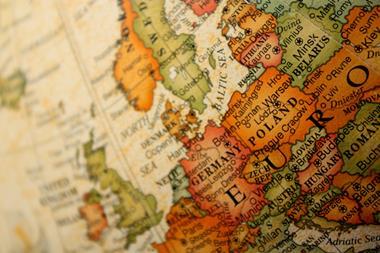Employees at Nestlé and Nespresso Austria are now covered under the company’s German Pensionsfonds NPF, marking the first time a German Pensionsfonds has received the OK to do cross-border business.
Earlier this year, Nestlé failed to pool its pension plans in Belgium and the Netherlands after their respective workers councils rejected the proposal.
In Austria, however, the workers council is fully behind the transfer, as it will increase the number of people eligible for a pension plan.
Currently, workers at Nestlé Austria – but not those at Nespresso – are covered by a pension plan managed by Austrian VBV-Pensionskasse AG.
Bettina Nürk, a board member at Nestlé Germany and successor to Peter Hadasch as head of pensions, said: “It makes sense to use the in-house expertise we have in Germany and take control of our own asset and risk management.”
The German pension plans – including a Pensionskasse, a Versorgungskasse, a Rückdeckungskasse and the Pensionsfonds – are run by the Nestlé subsidiary Neversa.
Nürk said setting up the cross-border plan, first mooted in 2012, had taken “quite a while” and that the company had expected the process to be “easier”, given the passage of the EU Portability Directive.
But Michaela Plank, a principal at Mercer Austria, who helped Nestlé set up the plan, said: “The way is now paved for more cross-border plans.”
She said the Nestlé deal had increased the Austrian regulator’s expertise in cross-border pension plans significantly.
The Nestlé Pensionsfonds, founded in 2008, now has €280m in assets under management.
Approximately €3m will be transferred from the Austrian Pensionskasse by the end of the year.
In total, 500 Nestlé employees and 300 Nespresso staff will be covered by the cross-border pension plan.
“The first cross-border contributions were made in July, and the existing active members will be transferred to the NFP before year-end,” Nürk said.
He described Austria’s insurance tax incurred on transfers, however, as a “nuisance”, as it entailed a double-taxation on contributions.
Retirees were one of the major problems for Nestlé’s pension plan, as, under German law (§112a para 1a VAG), cross-border Pensionsfonds have to make insurance-linked pension payouts, even if the Pensionsfonds itself is unit-linked.
So the company re-insured retired members’ assets via its own Rückdeckungskasse vehicle; this pays pensions to the NPF, which, in turn, pays members.
Under the cross-border pension plan, the company contribution will be 1% of salary below income threshold and 7.5% of salary above it.
Additionally, Nestlé will match voluntary contributions of 2% under the threshold with another 1% and contributions of 10% above the threshold with another 2.5%.
Gabriele Staubmann, head of HR at Nestlé Austria, took pains to stress that the decision to set up a cross-border plan was not due to dissatisfaction with VBV’s services.











No comments yet